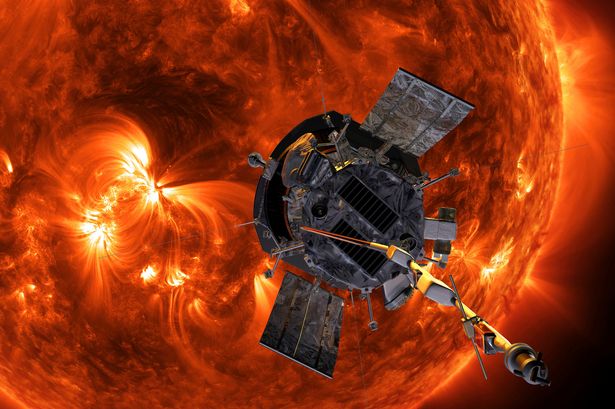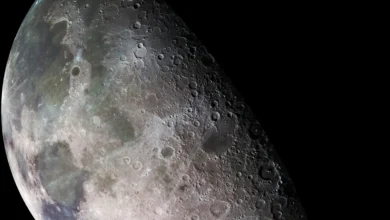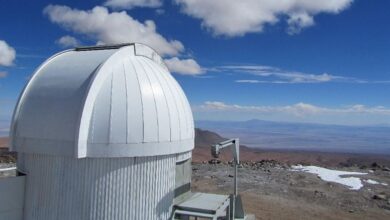NASA’s mission to prevent ‘internet apocalypse’
NASA's Parker Solar Probe is on a mission to gather valuable insights to prevent the disruption of power grids and network communication on Earth.

NASA’s Parker Solar Probe (PSP) was blasted into the sky on 12 August 2018 from Cape Canaveral in Florida has successfully ventured through solar winds aiming to prevent people from being unable to get the internet. Scientists have earlier issued a warning about the potential danger of a solar storm that can block access to the internet on Earth. It is commonly referred to as “internet apocalypse”, which could strike in the next decade or so.
The spacecraft went on a journey to examine the solar winds that are generated close to the sun’s surface. Solar winds have a continuous stream of charged particles emanating from the sun’s outer atmosphere, commonly known as the corona.
“Winds carry a lot of information from the sun to Earth. So understanding the mechanism behind the sun’s wind is important for us. That is going to affect our ability to understand how the sun releases energy and creates geomagnetic storms which are a threat to our communication networks.” explained Professor Stuart Bale, the lead author of the study and affiliated with California University in the US.
Solar storms can potentially leave people without any sort of internet access for months, making power lines and satellites completely useless. The findings from PSP helped identify a phenomenon known as “supergranualtion flows” inside coronal holes, where magnetic field emerges. These regions are the origin points for high-speed solar winds.
These holes are generally found at the sun’s poles during quiet periods and do not directly impact Earth. But during the sun’s active phase every 11 years, its magnetic field flips, and holes appear on the sun’s surface. The holes generate bursts of solar wind aimed directly at Earth.



